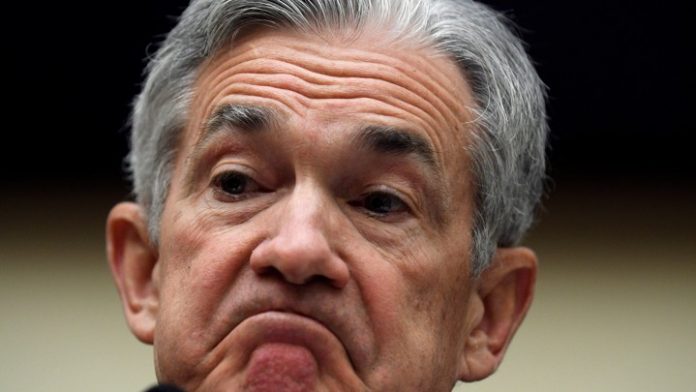Stocks gained slightly this morning ahead of the Fed’s coming rate decision. The Dow, S&P, and Nasdaq Composite edged slightly higher as regional bank stocks recovered. PacWest jumped 7% after plunging over 28% yesterday while Western Alliance, which sunk 15.2%, traded 2.6% higher through noon.
This helped lift the SPDRs S&P Regional Banking ETF (NYSE: KRE) 1.4%. Still, though, most bank stocks remain below yesterday’s highs due to lingering concerns of another bank failure.
Will the banking uncertainty be enough to prevent a rate hike this afternoon? The CME Group’s FedWatch tool gives about an 86% chance of a 25 bps rate hike at 2 pm EST this afternoon. Those odds are down from 95% two days ago before bank stocks plummeted.
But in all likelihood, Powell is set to raise rates. Stubbornly strong (some would argue deceptively strong) economic data should keep the Fed on the hawkish side of things. Keep in mind, too, that the Fed’s favorite inflation indicator – the core PCE deflator – refused to fall last month. Many analysts believe the Fed is raising rates too quickly and that the US economy has yet to truly feel the impact of a higher Fed funds rate.
“When thinking about changes in Fed policy, it’s important to separate what you think the Fed SHOULD do versus what you think the Fed WILL do. The difference between the two is important. I believe the Fed will increase the target range by 25 basis points; basically what’s already baked into the market. However, I believe the Fed should pause at this point and access the direction of the economy, inflation, and the stability of the banking system,” said Curvature Securities’ Scott ED Skyrm.
Record-setting seasonal adjustments on government-supplied economic data – like the recent jobs reports – have given the Fed multiple reasons to remain hawkish. Our hypothesis has been that the Fed probably raised rates too quickly for the economy to cope but not quickly enough to beat back inflation in the short term.
The result: stagflation, and at a poor time for bulls following a nice rebound earlier this year. Stocks haven’t really endured a big selloff yet in 2023, but that doesn’t mean markets will be able to keep this up for long.
Goldman Sachs’ hedge fund sales chief Tony Pasquariello put the market’s last few years in perspective:
“Can you imagine if we exit 13 years of interest rates pinned at zero, plus roll off billions in bond holdings, and the penalty is a 15% equity pullback from all-time highs at a 18 multiple? It would be the most elegant dismount of all time,” Pasquariello wrote in a note to clients last evening.
“And on the topic of valuation, here it should be noted that once you take out the tech bubble and the COVID bonanza from the data set, we’re currently looking at near 50-year highs in the PE ratio of S&P.”
In other words, the market has simply not priced in a recession. It might start doing that soon, though, if Powell’s post-hike press conference suggests that rates will remain high even if economic activity slows further in the coming months.








